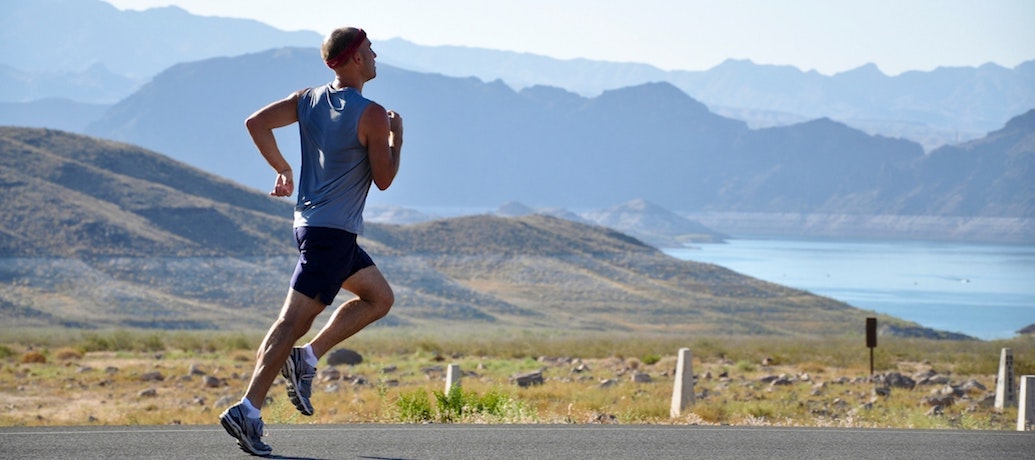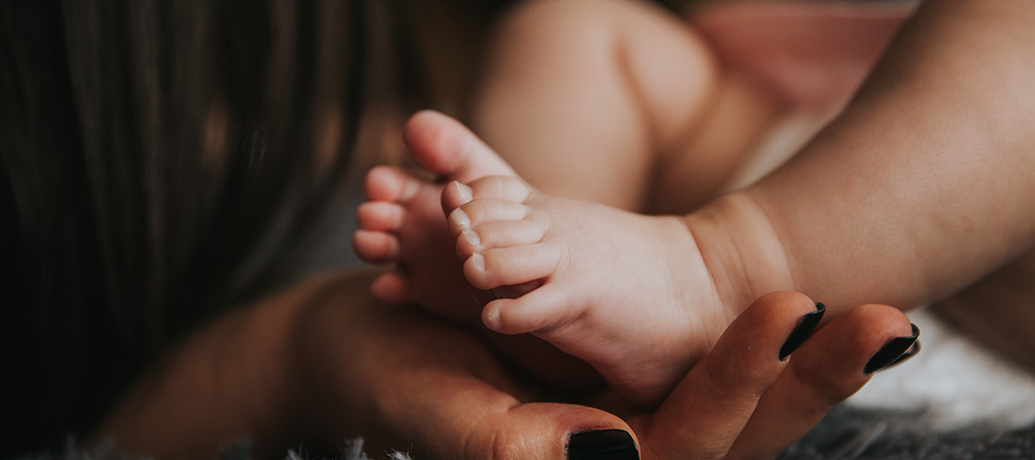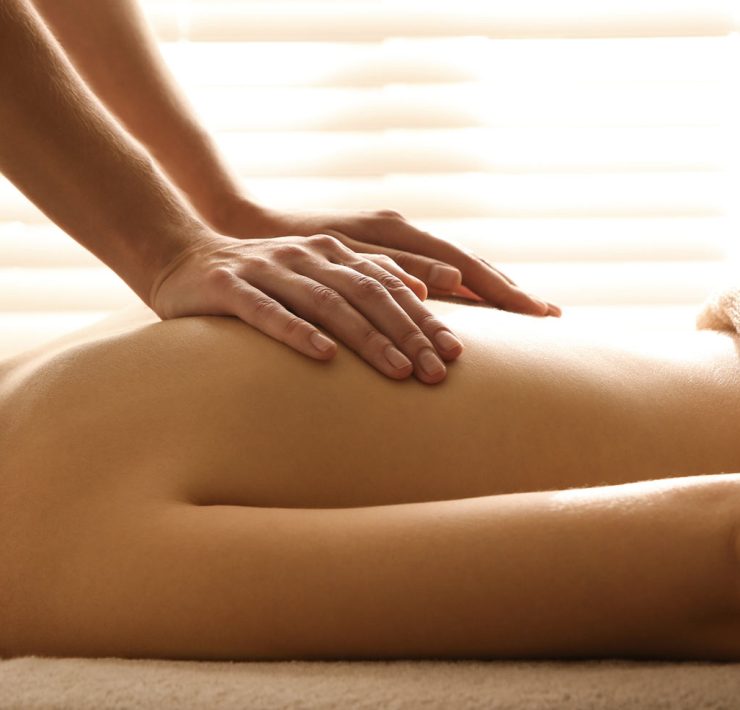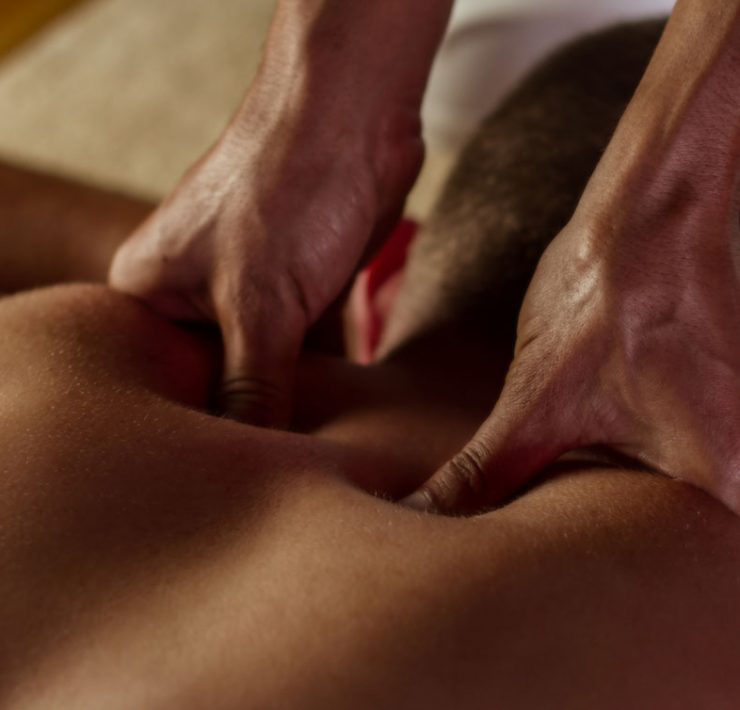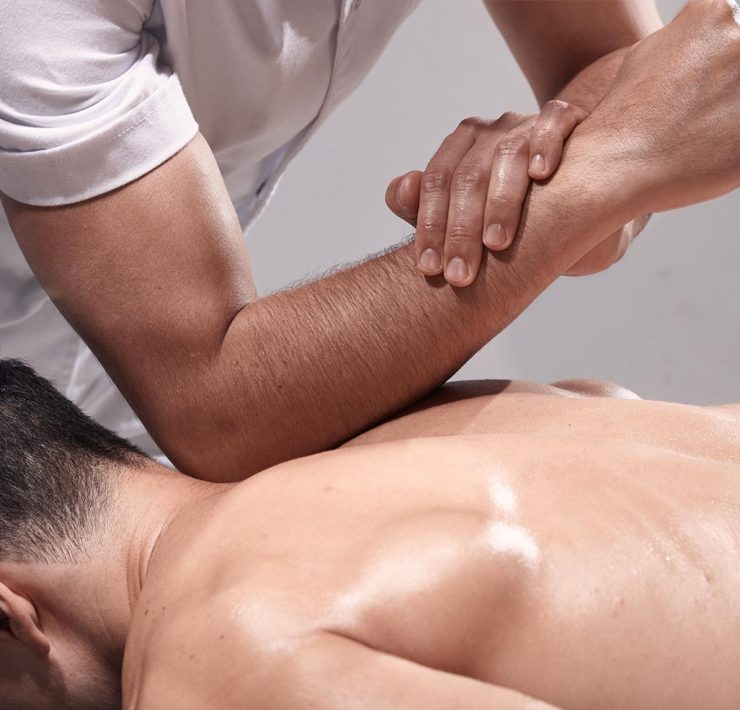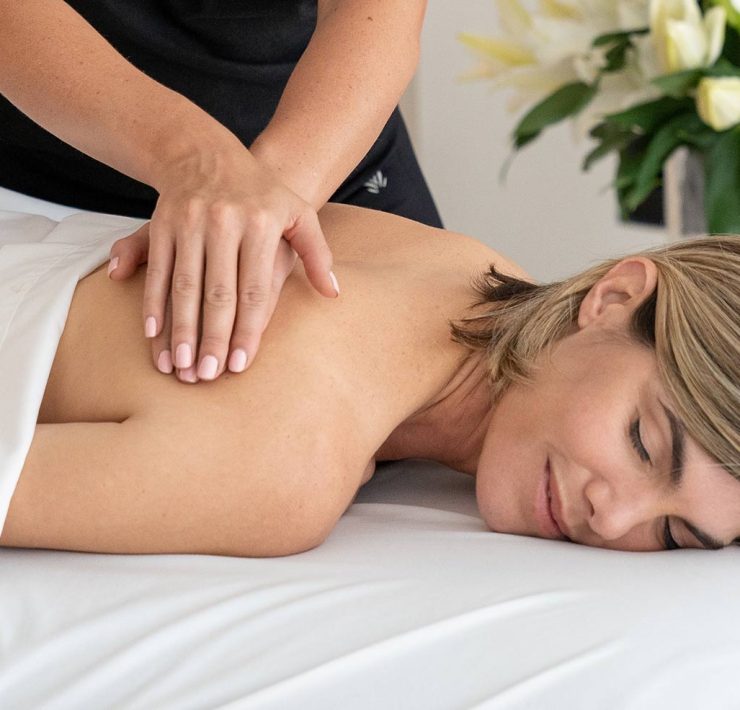Whether you’ve been working out your whole life or you’re brand new to exercise, you’ve certainly experienced muscle soreness. This pain — the kind that makes you vow never to use the bathroom again to spare your poor legs — comes from your body adjusting to a load it’s not used to.
In other words, you did something brand new or at a different intensity than usual. That could be running faster or using heavier weights — and it’s not necessarily a bad thing. It causes micro-tears in your muscles, which leads to them becoming even stronger after they heal. Keep on reading to learn how to distinguish between the three different types of muscle pain and they mean for your recovery.
Read more: How to Incorporate Massage Into Your Marathon Training Plan
1. Green means go—the good kind of muscle soreness
You just nailed a killer workout yesterday, but now you’re feeling it. How do you know how serious your muscle pain is, though? A good rule of thumb is to check in on if your muscle function is impaired or not. Pro tip: if it’s difficult to get up and down, your function is impaired.
The good news is that this is the kind of mild soreness that leads to adaptation and muscle growth. In fact, when you are no longer feeling this type of soreness, it means that your body has adapted to your training regimen, and it’s time for you to take your routine to the next level if you want to continue to see results.
This is when a gentle workout will serve you for the next day. While this may be the last thing you want to do if you’re feeling incredibly sore, moving around will help you much more than sitting around on your couch. Physical activity will increase circulation, allowing blood to transport nutrients and oxygens that your body so needs to do the hard work of repairing itself. Don’t go all out, however, opt for a light walk not a hard run.
2. Yellow—you might want to slow down
Whether you knew the name for it or not, if you’ve been working out for any length of time, your muscles definitely know about Delayed Onset Muscle Soreness, otherwise known as DOMS. It’s that second-day pain that catches you by surprise when you wake up and can limit your muscle function.
massage can help alleviate the stress to your body from the progressive overload so that it can perform at its best
You know we’re a little partial to massage, so we think any time is a good time for massage. But there are certain times when you especially need a massage. If you’ve been following a specific program, such as a marathon training schedule or a specific weight-lifting protocol, you’re getting stronger, but you’re also adding a significant load to your muscles, day after day. No matter what your performance goals are, a massage can help alleviate the stress to your body from the progressive overload so that it can perform at its best. Studies have shown that massage can ultimately make your muscles stronger.
But these massage sessions won’t be the relaxing ones your friends will be jealous of — the massage therapist will work to release your trigger points in order to soften your tense muscle. A therapist who specializes in sports massage will best be able to assess you and understand the unique demands placed on your body from your workouts. Lay down and allow the healing hands to do their thing while your body recovers from inflammation and stimulates cell repair.
This is where it’s most important to listen to your body’s cues – is it soreness or is it pain? Soreness should feel annoying, but tolerable. In fact, it may even make you want to work it out. Pain, on the other hand, is sharp and unmistakable. It occurs even when you are at rest and is a sign for your body to stop. If it’s soreness, you may want to try
3. Red—do not proceed
But if your ache is more of a pain, then you’ll want to follow the R.I.C.E. (rest, ice, compression, elevation) method to give your muscles the TLC they need.
For example, if the muscle hurts even at rest, it is more of a pain than an ache and needs to be treated as such. If, after several days of rest, the pain does not subside, you’ll want to look into finding a physician or physical therapist who can help you properly diagnose and treat the issue so that you can get back to the gym immediately!
Massage membership to the rescue
Did you know that adding regular massage to your wellness routine might be the post-workout recovery you were always looking for? Pre-workout massage warms up your muscles and decreases the chance of muscle tearing or over-stretching. A post-workout massage, on the other hand, helps reduce inflammation and soreness, thus fast-tracking your recovery period.
The Zeel Massage Membership makes incorporating a monthly (or bi-weekly) deep tissue, sports or Swedish massage to your training plan easier and more affordable than ever.
Read more: 3 Ways You Can Share Zeel’s New and Improved Massage Membership

